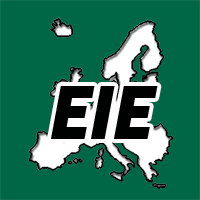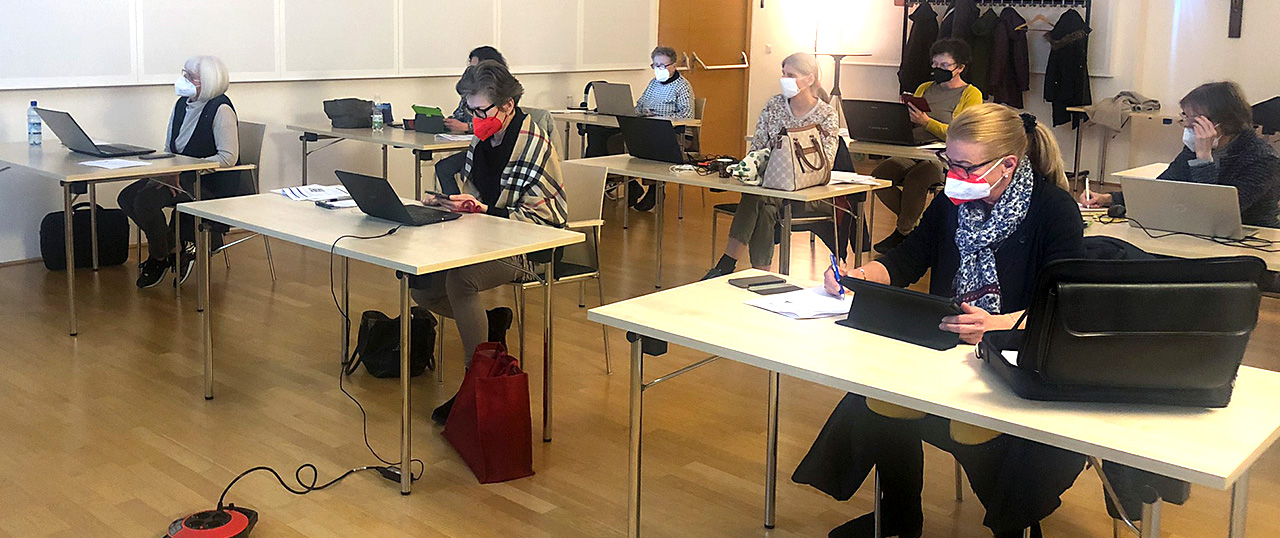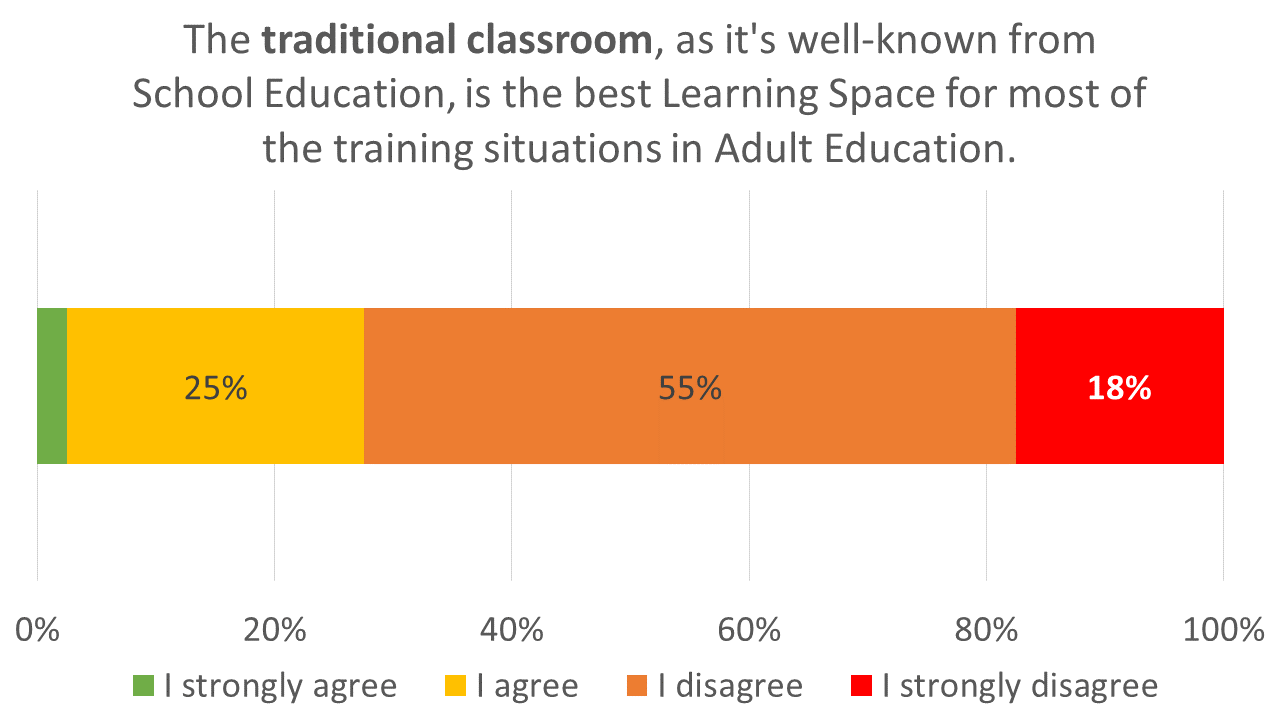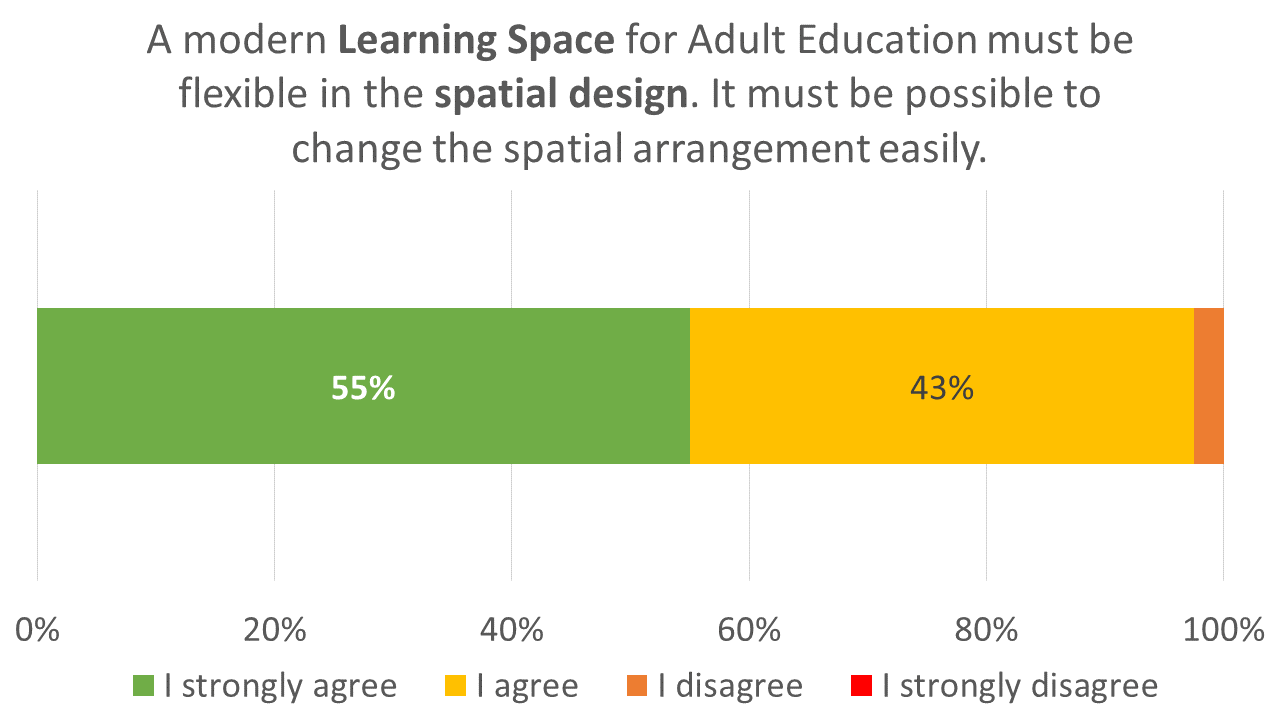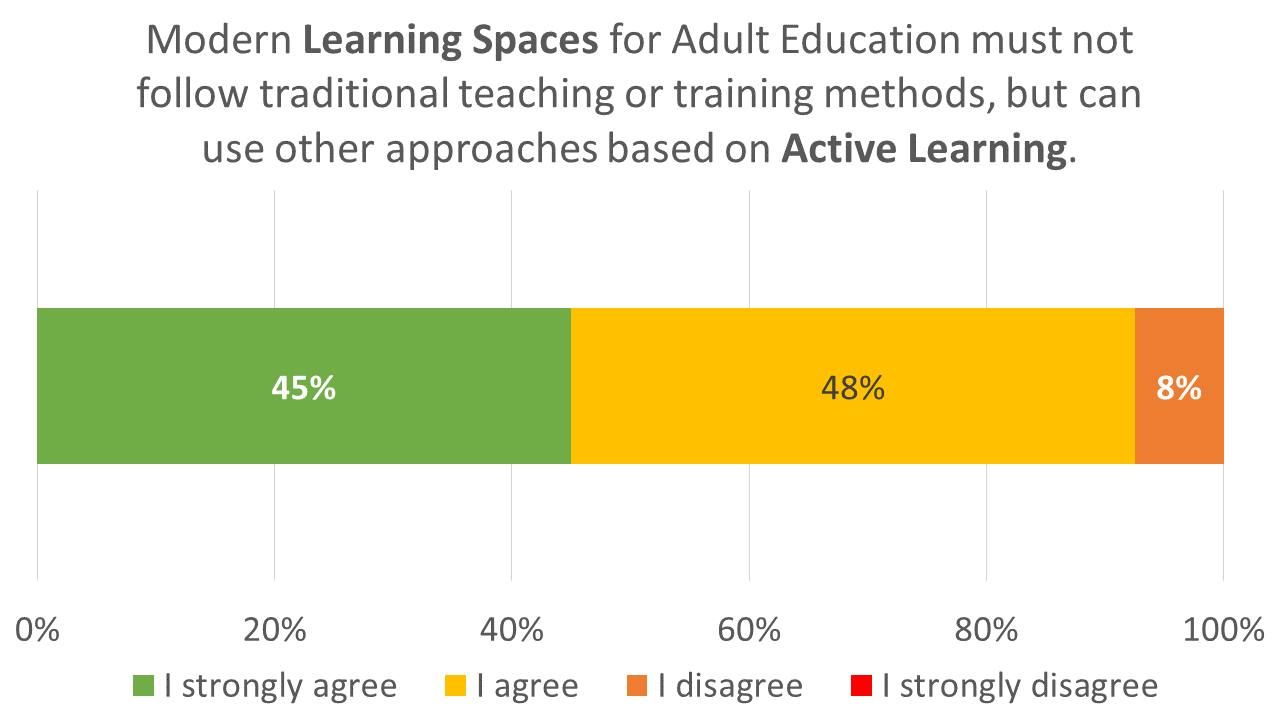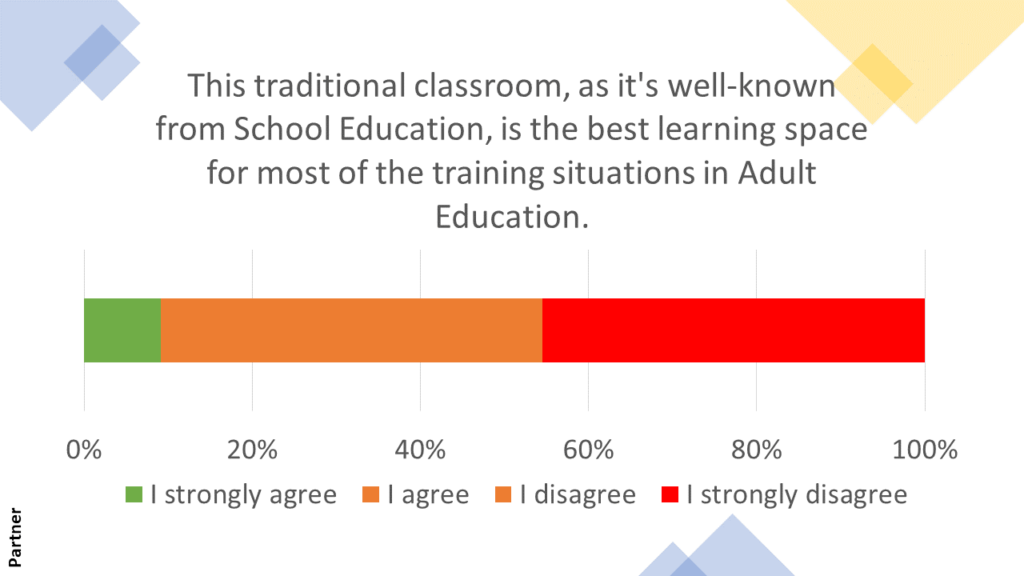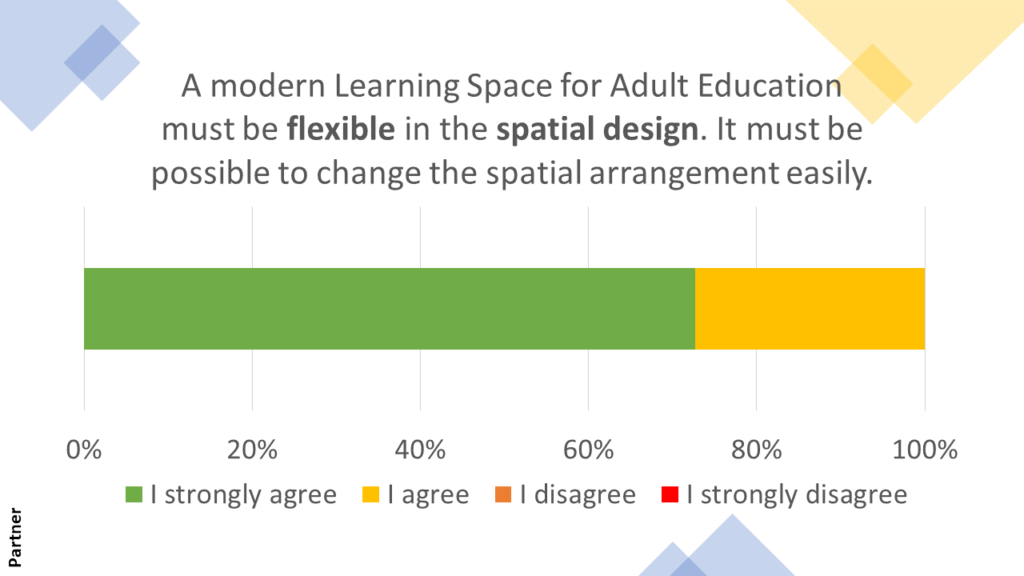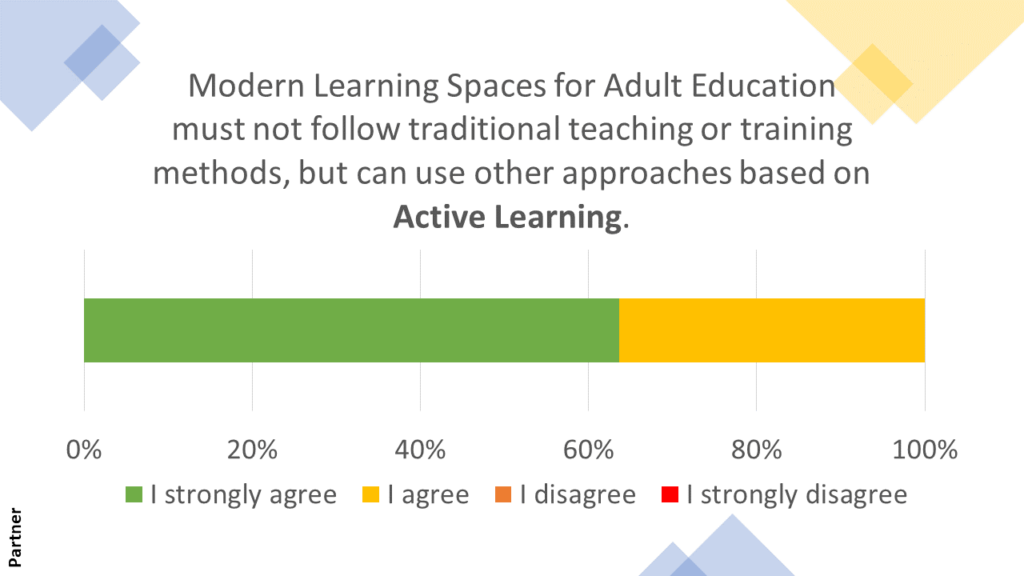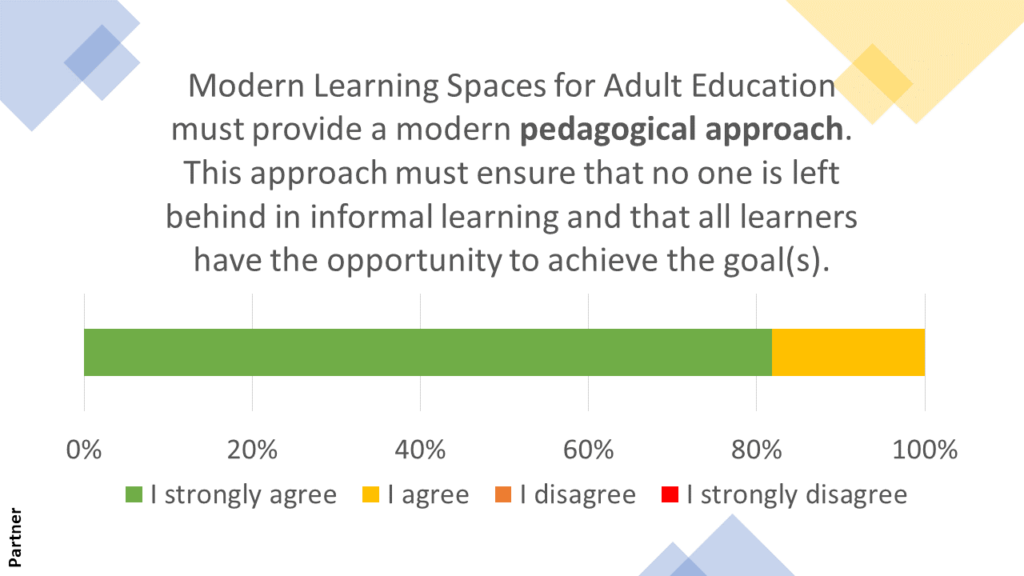Approaches for Teaching Media Literacy

This text summarises the results of the focus rounds implemented at the project’s start. The Fundacja PSP (Poland) team analysed and transferred the provided feedback into readable form.
Andragogical Approaches for Teaching Media Literacy and Digital Skills to Adults 55+
Teaching older adults media literacy and digital skills requires a practical, interactive, and flexible pedagogical approach. Educators must consider seniors’ cognitive and emotional needs and ensure that learning is accessible, confidence-building, and relevant to real-life situations. Various countries emphasize hands-on learning, structured guidance, and supportive environments to foster practical digital literacy.
1. Effective Teaching Methods and Approaches
Country-Based Overview
- Poland (PSP & IFAE): The most effective methods include Kolb’s experiential learning cycle, learning-by-doing, and creating a friendly, patient atmosphere. A mix of theory and practice, supported by interactive discussions and small-group work, helps seniors engage meaningfully.
- Turkey: Seniors benefit most from demonstration-based learning, interactive group work, and discovery-based methods. Educators must address their fear of making mistakes by providing step-by-step guidance and practical examples.
- Italy: Experience-based learning is preferred, with an emphasis on cooperative learning, micro-objectives, and hands-on practice. Teaching should focus on transformative learning, helping seniors reflect on and apply new skills in daily life.
- Austria: Learning approaches must be tailored to individual needs while emphasizing multimodal and intergenerational learning. Confidence-building is key, as many older adults fear failure and embarrassment when engaging with digital tools.
- Hands-on learning through trial and error.
- Small-group discussions and cooperative learning to foster peer support.
- Blended learning approaches combining face-to-face training with online reinforcement.
- Experiential methods to ensure relevance to daily life.
- Encouraging mistake-making as part of the learning process.
2. Preferred Learning Methods for Older Adults
Country-Based Overview
- Poland (PSP & IFAE): Seniors prefer one-on-one instruction, group work, and trial-and-error learning. Visual and structured learning materials (such as blackboards, tables, and printed notes) help reinforce concepts.
- Turkey: Hands-on, interactive methods are preferred, including peer-to-peer learning and video-based instruction. Seniors also benefit from structured learning goals to stay motivated.
- Italy: Face-to-face learning, practical exercises, and video tutorials are the most effective. Seniors favour cooperation over individualism and need structured, goal-oriented teaching.
- Austria: Confidence-building techniques and intergenerational learning are crucial in keeping seniors engaged.
- Group learning and peer-to-peer support foster collaboration.
- Face-to-face teaching is essential for building trust.
- Simple and clear instructions make learning accessible.
- Practical tasks and real-life applications boost motivation.
- Structured lessons with well-defined goals help maintain engagement.
3. Creating Accessible Learning Materials
Country-Based Overview
- Poland (PSP & IFAE): Learning materials should be clear, visually accessible, and well-structured. Printed notes, booklets, and handouts should accompany lessons. Seniors prefer no formal grading, tests, or learning for self-development rather than certification.
- Turkey: Printouts, videos, and slides are preferred. Learning materials should be designed for repetition and gradual skill-building.
- Italy: Materials must meet accessibility standards (e.g., Verdana font size 14+, line spacing 1.5+). Short sentences and clear explanations reduce cognitive overload.
- Austria: Various media formats, including interactive elements, printed resources, and hands-on workshops, are recommended.
- Use large fonts and high-contrast materials for readability.
- Provide printed resources (booklets, summary sheets) for reference.
- Keep explanations short and clear to aid comprehension.
- Ensure accessibility standards for digital content.
- Offer structured, progressive learning materials to build skills step by step.
4. Organising the Learning Process for Seniors
Country-Based Overview
- Poland (PSP & IFAE): Short lessons (1–1.5 hours) with frequent breaks work best. Educators should ensure clear objectives, flexible lesson plans, and plenty of time for questions and discussions.
- Turkey: Practical exercises should be repeated at home to reinforce learning. Group projects and intergenerational learning can increase engagement.
- Italy: In-person sessions should focus on skill acquisition and social interaction, while online learning should reinforce concepts. Sessions should be limited to 45–60 minutes to prevent fatigue.
- Austria: Confidence-building is essential; educators should encourage mistake-making as part of the learning process and use multimodal teaching approaches.
- Short, well-structured lessons with frequent breaks.
- A combination of in-person and online learning is needed to reinforce skills.
- Encouraging independent practice at home.
- Providing social interaction opportunities to prevent isolation.
- Building confidence and motivation by creating a supportive environment.
5. Addressing Challenges and Fears in Senior Learning
Common Challenges Across Countries
- Technological barriers: Seniors struggle with complex interfaces, small fonts, and unfamiliar digital tools.
- Fear of making mistakes: Many older adults hesitate to engage due to self-doubt and lack of confidence.
- Memory and cognitive difficulties: Forgetfulness and slower information processing require repetition and simplified learning materials.
- Social and cultural barriers: Some learners struggle with modern terminology or topics like multiculturalism or digital privacy.
Country-Based Overview
- Poland (PSP & IFAE): Educators should provide active listening, personalized support, and clear communication. Engaging workshops help build confidence.
- Turkey: Seniors need step-by-step guidance and supportive learning environments to reduce fear. Group-based learning helps prevent individual frustration.
- Italy: Educators must be patient and encouraging, addressing fears of judgment and failure. Lessons should connect to personal experiences to make learning more relatable.
- Austria: Seniors should be encouraged to embrace mistakes and view learning as a process. Intergenerational exchange can help build confidence.
- Create a safe, non-judgmental learning environment.
- Encourage mistake-making as part of learning.
- Provide step-by-step support to overcome technological barriers.
- Use engaging and interactive teaching strategies.
- Relate lessons to real-life experiences to increase motivation.
6. Enhancing Digital Education for Seniors
Country-Based Overview
- Poland (PSP & IFAE): PowerPoint, Mentimeter, Moodle, and social media are useful, but many seniors struggle with basic tech navigation. Fake news awareness and web security are crucial components of digital education.
- Turkey: Seniors prefer printed materials but are also interested in social media and digital apps. Gamification and interactive tasks can improve engagement.
- Italy: Tools like Google Translate, WhatsApp, and Facebook are widely used, but clear learning objectives are essential to prevent frustration.
- Austria: Multimedia resources and hands-on practice are key. AI-generated fake content is becoming harder to detect, requiring strong digital literacy training.
- Simplify digital interfaces and use large fonts/icons.
- Teach cybersecurity and critical thinking skills.
- Incorporate gamification and interactive tasks.
- Use familiar platforms like Facebook and WhatsApp.
- Provide continuous guidance and reinforcement exercises.
About the BonJour! Project
The spread of disinformation and misinformation poses risks to democracy, public health, and social cohesion, particularly affecting older adults who often lack adequate media literacy. The BonJour project aims to bridge this gap by enhancing media literacy, journalism skills, and digital competencies for people over 55, fostering their social activism, and reducing the generational digital divide through blended learning formats.
Project number: 2023-1-IT02-KA220-ADU-000160320
Webpage: www.bonjour-project.eu/
